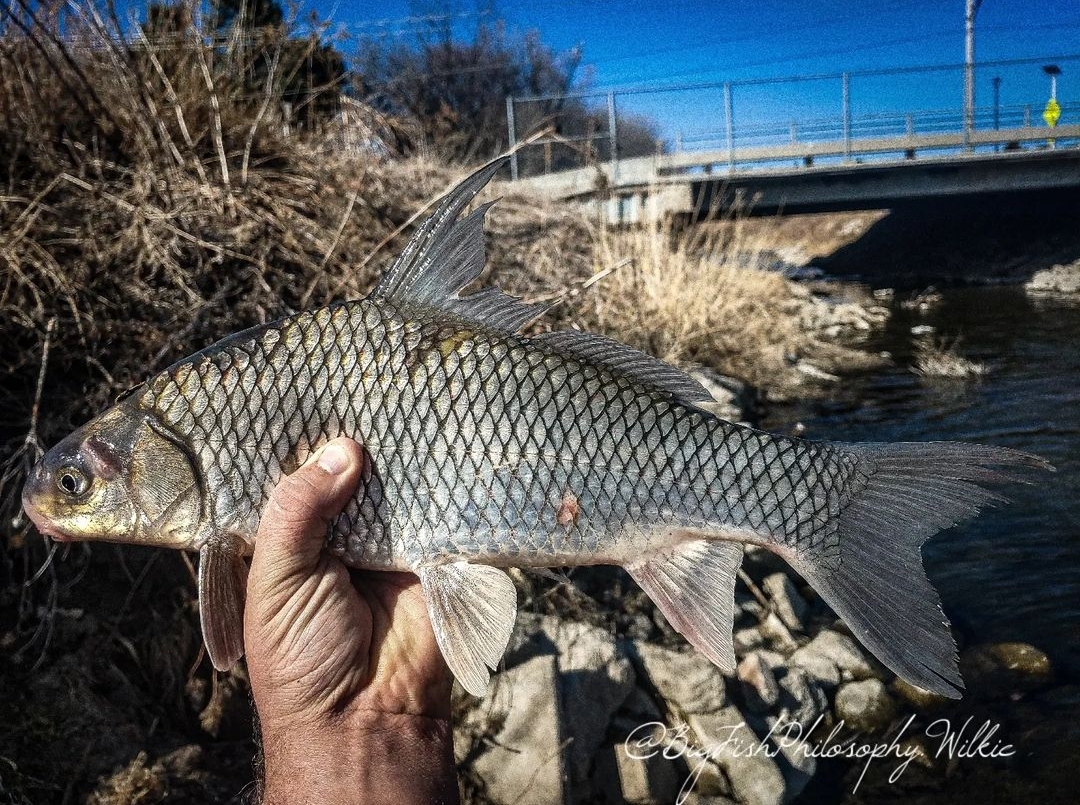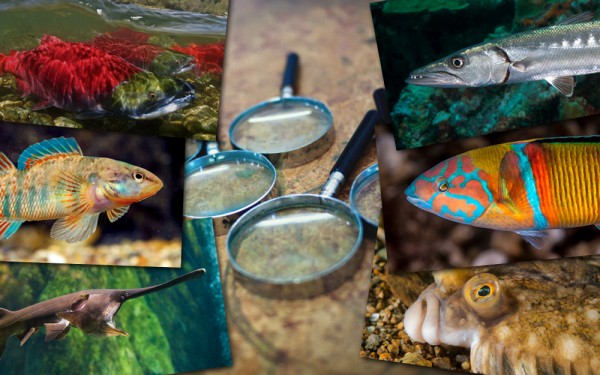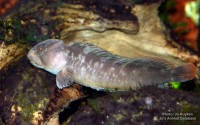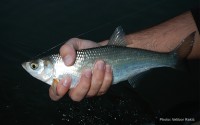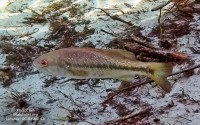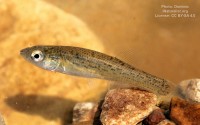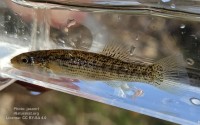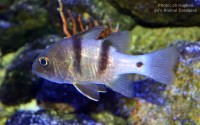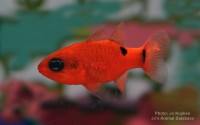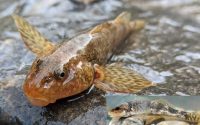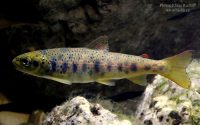River carpsucker
(Carpiodes carpio)
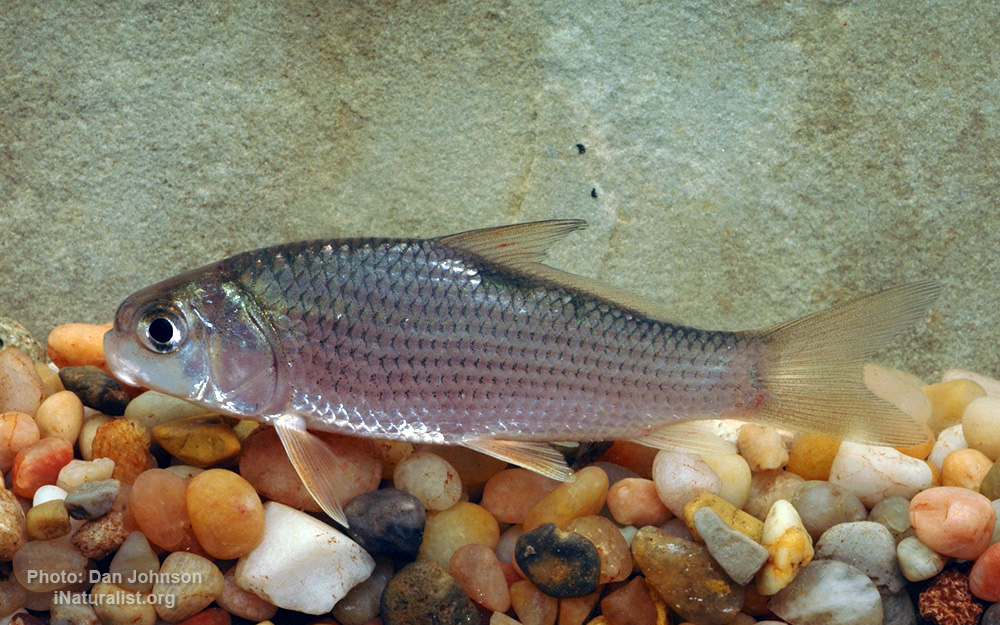
Classification
General data
The river carpsucker (Carpiodes carpio) is a freshwater fish found in the inland United States and northern Mexico. This species has a slightly arched back and is somewhat stout and compressed. While the fins are usually opaque, in older fish they may be dark yellow. The river carpsucker, like most suckers, is a bottom feeder and obtains its nutrients from algae, microcrustaceans, and other various tiny planktonic plants and animals found in silty substrates. Like its congener, the quillback, the river carpsucker is long-lived, with a lifespan of more than 45 years. It begins to reproduce typically in late spring, and the female usually releases more than 100,000 eggs. After releasing and fertilizing their eggs, all parental care is ended.
Appearance and anatomy
The physical appearance of the river carpsucker is fairly distinctive. It is stout, with a somewhat compressed and arched back. The area around its dorsal fin is olive-brown before it fades to silver, with a white belly. In the young, the fins are usually opaque, while in the old, their fins are a dark yellow. The lower lip is projected in a similar fashion to a nipple at the midpoint, and big scales cover its whole body. It also has a distinctive 18 caudal fin rays. The species is frequently confused with non-native species, such as the various Asian carp species.
Distribution
The river carpsucker has historically occupied the Mississippi River basin from Pennsylvania to Montana. It also currently occupies the Gulf Slope Drainage from the Calcasieu River to the Rio Grande in Texas, Louisiana, and New Mexico. It was introduced to Lake Erie and the lower Maumee River, Ohio. It was supposedly deliberately introduced with a shipment of buffalo fish as a game species, and they are currently used in sport fishing. The effects of its introduction have not been studied, so are not well known. However, failure to find more river carpsuckers in the lower Maumee River suggests this species never took hold in this area. In the spring, they migrate upstream as the water temperatures begin to rise, and then move back downstream after spawning. They have been known to travel distances of up to 10 kilometers (6.2 mi).
